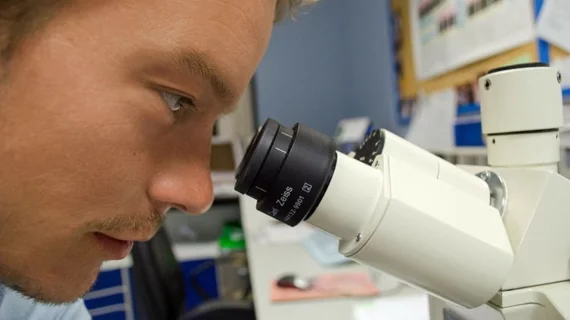‘An incredible discovery’: Researchers ID a gene that regenerates damaged muscles after a heart attack
Researchers in Australia have identified a gene in zebrafish that can regenerate damaged heart muscles. The team, sharing its discovery in Science, believes this gene may be able to help humans repair their own cardiac muscles after a heart attack.
Kazu Kikuchi, MD, who lead the research at the Victor Chang Cardiac Research Institute (VCCRI) in Sydney, detailed why this could be such a crucial finding for the future of cardiac care.
“Our research has identified a secret switch that allows heart muscle cells to divide and multiply after the heart is injured. It kicks in when needed and turns off when the heart is fully healed,” he said in a prepared statement. “In humans where damaged and scarred heart muscle cannot replace itself, this could be a game-changer.”
Zebrafish share more than 70% of all human genes, Kikuchi added, and those similarities suggest that that “has the potential to save many, many lives and lead to new drug developments.”
Bob Graham, MD, head of the VCCRI’s molecular cardiology and biophysics division, elaborated on the potential of this discovery in the same statement.
“The team has been able to find this vitally important protein that swings into action after an event like a heart attack and supercharges the cells to heal damaged heart muscle,” he added. “It's an incredible discovery.”
The gene in question, the researchers noted, is not the same part of the body responsible for initial heart development. This fact alone, Graham explained, stands as a momentous takeaway from the team’s work.
“This is clear evidence that the regeneration you get after a heart injury is not the same as what happens during the development of the heart but involves an entirely different pathway; an issue that has been debated for years,” he said.
Read the group’s full analysis here.

